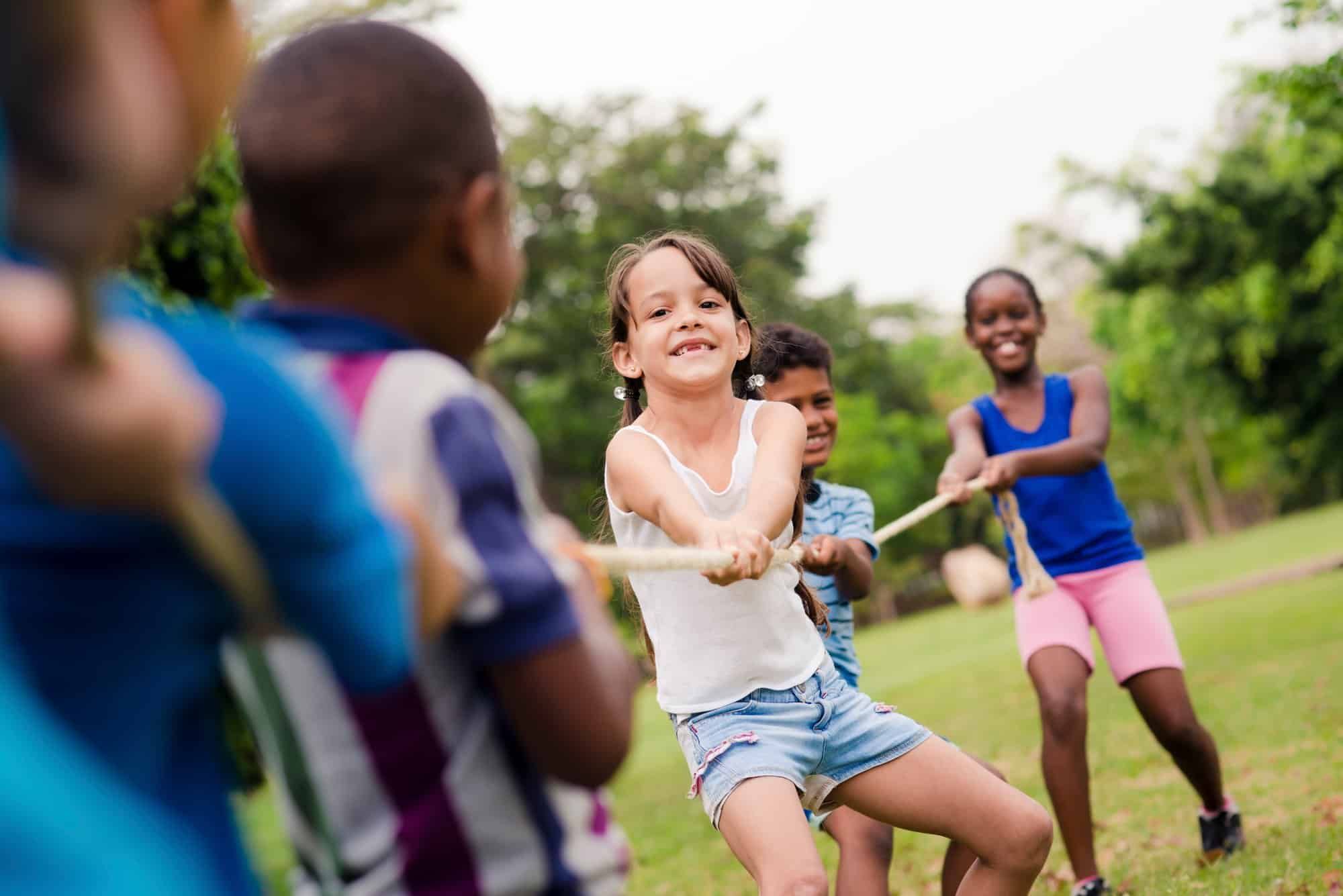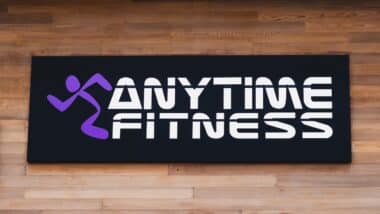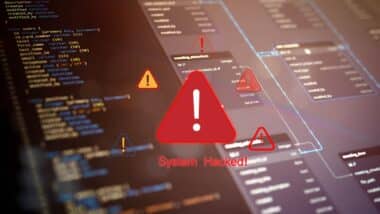
Many children across the country participate in a whole slew of youth organizations, from sports teams to clubs to involvement with community centers or volunteer opportunities. These organizations are intended to provide a safe environment for children to spend time outside of school, as well as provide space for them to grow and develop.
Tragically, there is a history of sexual abuse taking place in youth organizations, so it is important that responsible adults make sure they do all they can to prevent sexual abuse in youth organizations by creating a truly safe environment for kids.
How to create a safe environment
According to advocates, the first step in creating a safe environment for kids in any organization is to be careful and selective when hiring employees or even taking on volunteers. Many youth organizations are largely volunteer-based, and so there is a far less stringent screening process than for actual employees.
However, to help prevent sexual abuse, volunteers should first have passed through a screening process to ensure that they have not previously sexually abused youth or have been determined to be at risk for abuse.
Advocates say that the screening process should at least include an in-person interview, reference check, and a criminal background check. The organization should also have a way of making sure no one outside the organization has access to its facilities or its children. Of course, no screening process, no matter how thorough, can prevent 100 percent of sexual abuse incidents, but it is an essential prevention component to have in place to greatly reduce risk.
Safe environments for children should be physically open, with no possibility of concealment. Areas that are not open and where children are not allowed should be secured. Doors should have windows for a line of sight into the room, and a “no closed-door” policy is also a good idea.
Implementing proper training

Notably, the behavior between children should also be monitored, as sexual abuse can happen between children as well.
Once these guidelines have been set up, it is just as important to monitor behavior within the organization to ensure that these guidelines are being followed. Part of monitoring behavior is providing a clear reporting structure for children, parents, volunteers, and employees, so they know exactly how to proceed if they have an issue to report.
In addition to enforcing the organization’s guidelines, it is also important to ensure that these guidelines are effective.
A youth organization’s policies meant to protect children and prevent sexual abuse should always be subject to change if they are not effective. And of course, none of this screening, monitoring, or reporting matters if the organization’s response to inappropriate behavior, policy breaches, or abuse isn’t swift and firm.
Prevent child abuse organization offers tips
Too much of society’s response to child sexual abuse occurs after the abuse has already occurred, according to PreventChildAbuse.org. Both the child protective system and the criminal justice system are activated only after a child has suffered abuse.
“Preventing child sexual abuse requires a collective effort to further understand the causes of child sexual abuse and approaches to tackle it,” the organization says on its website.
Prevent Child Abuse recommends the parents or primary caregivers in a child’s life take steps to prevent sexual abuse, including:
- Never print the child’s name on the outside of clothes or backpacks where a stranger can see the name. These items make it easy for a stranger to not only approach a child, but also to convince a child that the stranger knows their parents and was asked to pick up the child at daycare, etc.
- Ensure parental supervision prevents any opportunity for child sexual abuse.
- Observe and monitor relationships the child has with other children and with adults in their life.
Children should also be taught age-appropriate abuse prevention — including things like knowing what consent is, setting boundaries, never keeping secrets for an adult, and more. This kind of sexual abuse education can better prepare children for participation in a youth organization.
Children who have been abused may exhibit behavioral changes that don’t seem to have anything to do with sexual abuse. A loss of appetite, onset of an eating disorder, withdrawal, sleep problems, regressing to infant-like behaviors or displaying aggressive behavior may all be indications a child is suffering the emotional effects of sexual abuse.
A number of critics of sexual abuse and victims who have experienced it have pointed to what they see as a larger culture that enables sexual abuse. This sentiment was expressed in sports, religious organizations, and other organizations. In their eyes, broad cultural shifts may be needed to prevent sexual abuse and protect victims.
Such was the case in USA Gymnastics, according to a number of current and former gymnasts. After former USA Gymnastics physician Larry Nasser was accused of sexual abuse, a number of news sources dug into how such abuse could have gone on unchecked for so long.
Jennifer Sey, 1986 US Champion and seven-time national gymnast team member explained how the culture of the organization implicitly discouraged young women to come forward about abuse. Many women might fear that coming forward about abuse could jeopardize their career, she said, and noted that this was likely the case with the young women abused by Larry Nasser.
In 1995, Joan Ryan published “Little Girls in Pretty Boxes,” a book about the culture of USA Gymnastics and its effects on gymnasts, the Guardian notes. In her eyes, the organization relies on teaching young girls and women to doubt their own experience — though this might be a tactic designed to benefit them in the sport, this can have detrimental effects in other areas of their lives.
In Ryan’s words, “These girls are groomed from an incredibly young age to deny their own experience. Your knee hurts? You’re being lazy. You’re hungry? No, you’re fat and greedy. They are trained to doubt their own feelings, and that’s why this could happen to over 150 of them.”
Critics of sexual abuse in religious organizations have also pointed to an overarching, authoritarian culture as being key to enabling sexual abuse. This kind of culture, in any kind of organization, might disempower a victim from taking action against a potentially powerful abuser.
Filing a child sexual abuse lawsuit
If you or your child has suffered from sexual abuse within a youth organization, you may be able to file a lawsuit — even if the abuse took place years or decades ago. Many states have recently made updates to their sexual abuse laws to give survivors more time to come forward, including lookback windows that allow previously expired claims to be filed.
Some of these windows have closed, but others — such as the window in California — still have more time
While litigation cannot take away the pain, suffering, and trauma caused by child sexual abuse, it can at least help to provide some monetary compensation, as well as hold those responsible for this pain and suffering — including the perpetrators and the organizations that allowed the abuse to take place — accountable for their actions and inactions.
Lawsuits have been filed against some major national organizations, such as the Boy Scouts of America, as well as local youth organizations and schools.
Filing a lawsuit can be a daunting prospect, so Top Class Actions has laid the groundwork for you by connecting you with an experienced attorney. Consulting an attorney can help you determine if you have a claim, navigate the complexities of litigation, and maximize your potential compensation.
This article is not legal advice. It is presented
for informational purposes only.
ATTORNEY ADVERTISING
Top Class Actions is a Proud Member of the American Bar Association
LEGAL INFORMATION IS NOT LEGAL ADVICE
Top Class Actions Legal Statement
©2008 – 2026 Top Class Actions® LLC
Various Trademarks held by their respective owners
This website is not intended for viewing or usage by European Union citizens.
E-mail any problems with this form to:
[email protected].
Oops! We could not locate your form.












